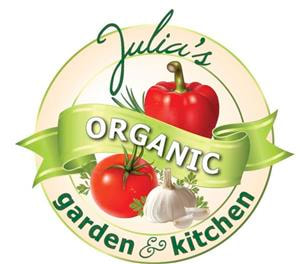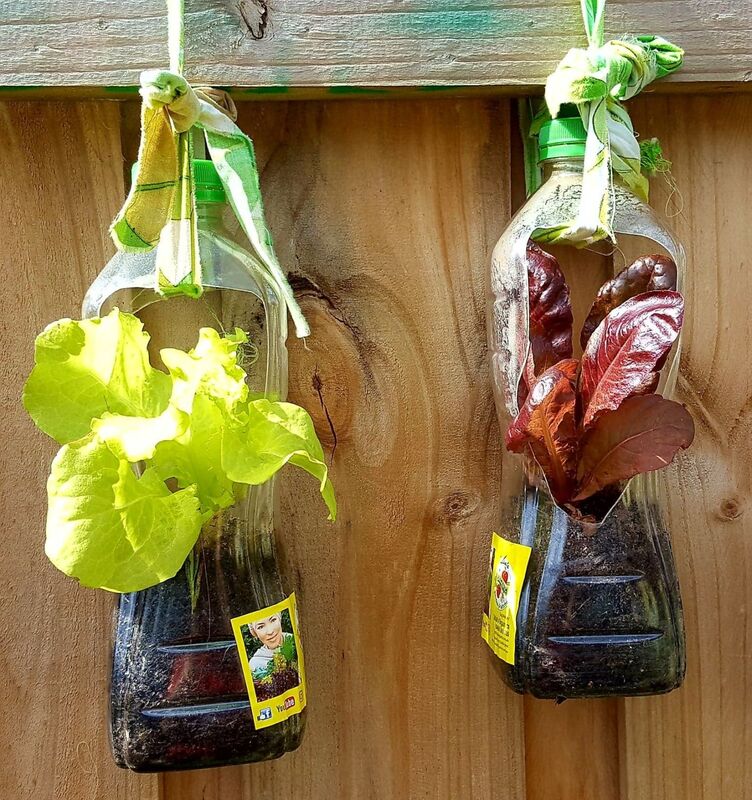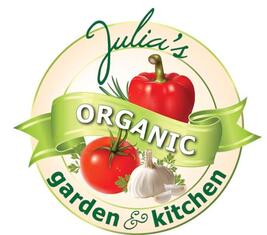|
You can grow everywhere.
Many people think that growing your own fruits and veggies is very complicated task that requires a lot of time. The truth is that if you spend 2 – 3 hours a week in your backyard, you can have you own fresh supply EVERY DAY (and will burn an extra calories, here is my post about this topic working-out-in-the-garden.html). That’s the good news. The bad news is that unfortunately, in a country like Australia with a great backyard culture, the size of blocks in the last decade has been decreasing dramatically and you can hardly squeeze a barbecue in some of the new blocks of land. Don't be disheartened as even in a very limited space you can get a quite a good crop all year around; all you need to know is just a few little gardening tricks. And we are going to consider them by turn right now. Evaluating the location, soil and already planted plants
Vertical garden is the most effective way to save space while gardening. For a vertical garden you can use: - Fence or walls: just hang your pots on the hooks; - Poles with the nooks, where you can hang the pots; - Pallets; - Old ladder, with planks/boards placed horizontally, etc. And here some tips on how to look after the vertical garden:
In pots you can grow almost everything. I grow in pots the following: apples, persimmons, pears, avocados, kumquats, peaches, sour cherries, berries, almond and a lot of herbs and vegetables. Pots are real space savers, you can place them in any corner, on a concrete, window sill, porch, move around, hide the ugly spot or make boring spot bright and colourful. I consider buying containers a complete waste of money. They are either donated to me or I pick up from the sides of roads anything that can hold dirt and I can punch holes in the bottom. Or, you can find heaps of them in your rubbish bean: tins, milk and yogurt containers, chlorine solution containers for swimming pool, etc. Here are some tips how to look after plants in the pot:
A real treasure for people with limited space and time and a solution for a poor soil that will require a lot of time and investment for improving. It could be set up anywhere, be a different size and height and doesn't require so much work as a conventional bed. The other advantage of this type of bed: it discourages the growth of weeds and retains the moisture well. The idea of a no-dig-bed is similar to composting: layers of straw (carbon) and manure (nitrogen) eventually will turn into rich, dark soil. Soil is a complex eco-system with a millions of microorganisms and worms. When we are digging the soil, we destroying this eco – system and it takes a lot of years to restore. When we are digging the soil, we are damaging water retention and structure that leads to the erosion of soil. That why in a lot of way “non – dig gardening” and “organic gardening” are synonyms. Here is my post on how to make a no-dig-bed: its-simple-make-your-own-no-dig-bed.html and the post that explain why tillage (digging and disturbing soil) is not the best way of farming: organic-food-organic-life-organic-fashion.html Planting the right crop. As we want to maximize our harvest we need to plant the right crop. And here are few tips how to do it:
If you have an excess of harvest you can sell it or exchange with a fellow gardener. Freezing, preserving and fermenting. You can freeze all you herbs, berries and some of the veggies (beets, carrots, pears etc.). Or preserve (cucumbers and tomatoes) and ferment them (carrot, cabbage, radish). Share you success! Don't keep you success for yourself, share your tips and hints via social media, we'd love to hear from you!
0 Comments
|
Archives
February 2020
Categories |
Julia Organic Copyright 2021 Website MapMyBusiness


 RSS Feed
RSS Feed



